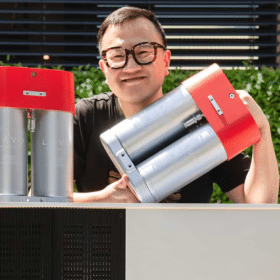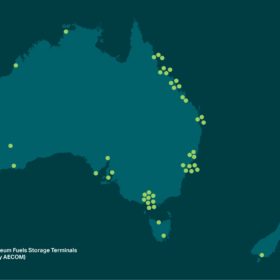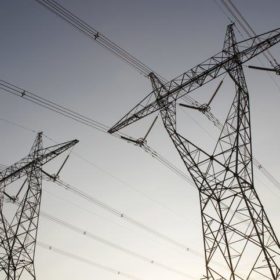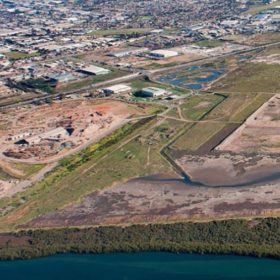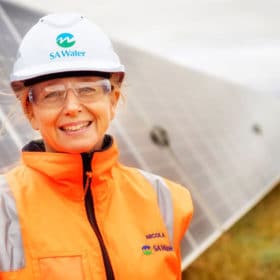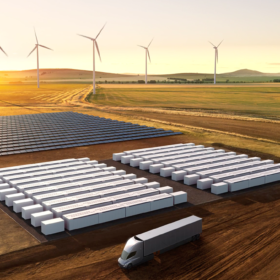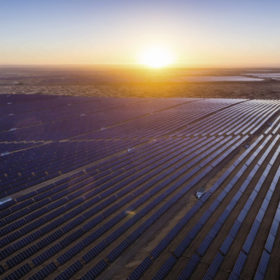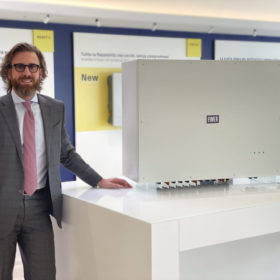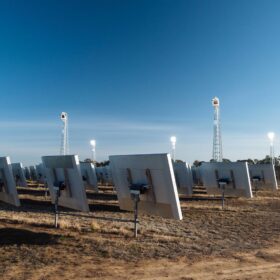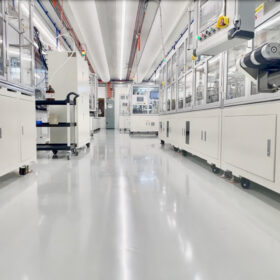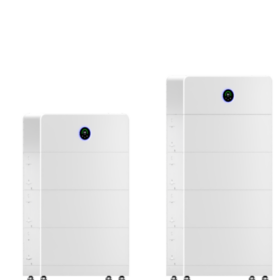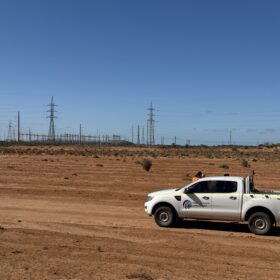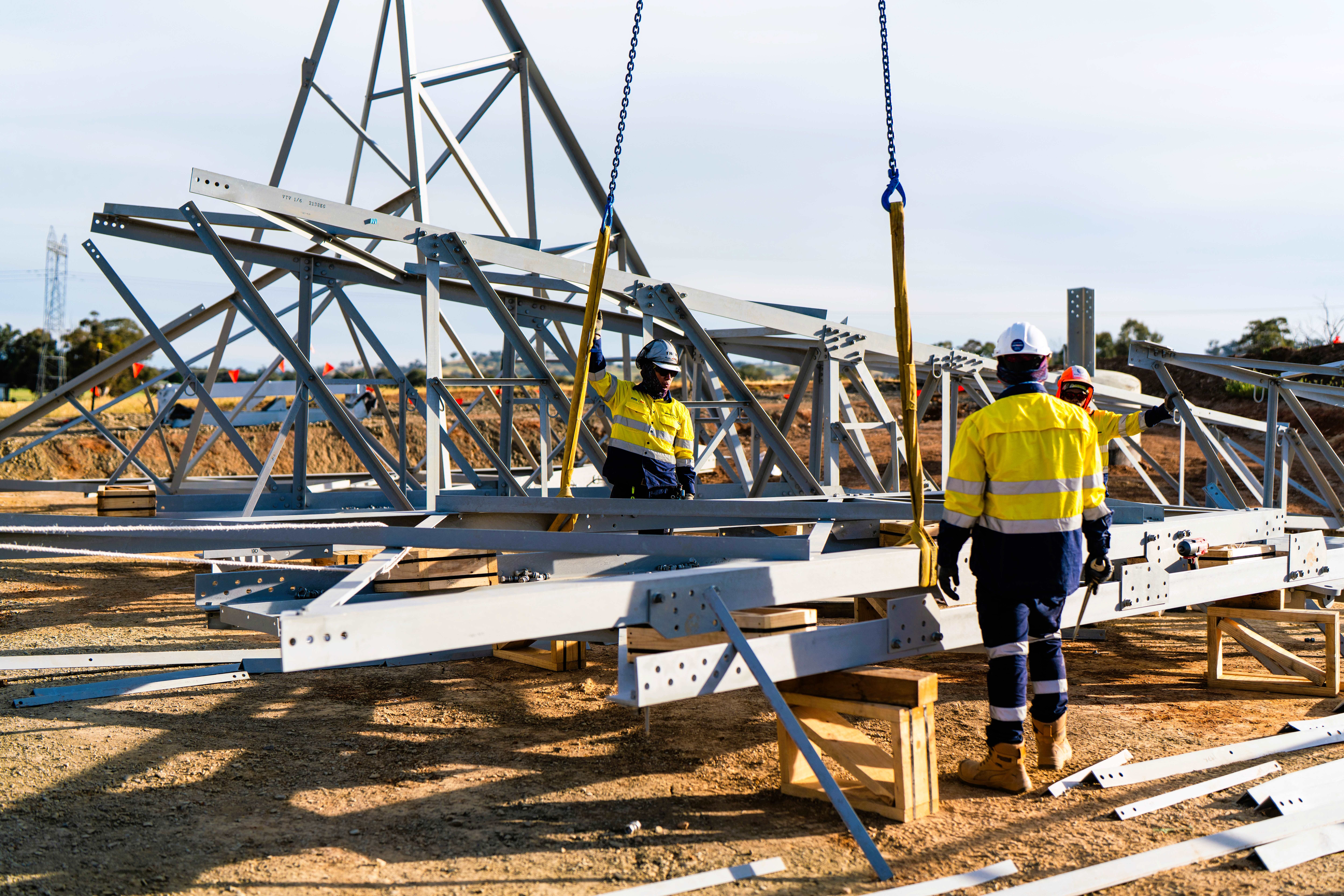Series of ‘flagship’ projects deploying promising new hydrogen technology backed by Japanese heavyweight
Japanese giant Marubeni Corporation is backing Providence Asset Group’s plan for 30 regional projects which will integrate LAVO’s ‘green hydrogen batteries’, a new technology developed at the University of New South Wales.
Overlooked sites ideal for burgeoning renewable industries identified by AECOM
Global infrastructure developer AECOM has run analysis on every petroleum fuel refinery and storage & import terminal in Australia and New Zealand as a novel means of locating sites well suited to future renewable development and hydrogen industries. “Some sites that were really suited to a wide range of end uses and those were our so-called ‘unicorn sites,’” AECOM’s Craig Bearsley told pv magazine Australia.
‘Benchmark’ agrisolar trial in Victoria proves successful with sheep reportedly loving panel shade
Gannawarra Solar Farm, Victoria’s first large-scale solar farm integrated with a big battery, has forayed into the world of agrisolar by integrating sheep grazing on site. The sheep are reportedly loving the shade offered by the panels, which has allowed them to graze even during the hottest parts of the day, with the animals unperturbed by the solar farm’s tracking devices.
AER report highlights reliability issues for future energy market
The Australian Energy Regulator says maintaining a reliable energy supply shapes as a “pivotal challenge” with the nation’s record take-up of rooftop solar PV and investment in large-scale renewables transforming the way the energy market operates.
Veolia scraps plans for South Australian solar farm
Plans to construct a 100 MW solar PV farm and battery energy storage facility at Gillman in South Australia have been scrapped after proponent Veolia failed to ‘meet milestones’ attached to the renewable energy project.
CER calls for market changes with rooftop solar set to surge
The Clean Energy Regulator has reaffirmed the urgent need for changes to how the national electricity grid and market operate with a new report predicting the nation could add another 20 GW to an already surging rooftop solar sector by 2025.
SA Water unveils 176 kW install as part of $300 million solar PV plan
South Australia water utility SA Water continues to make a splash in the solar PV sector, commissioning two new solar arrays with a combined capacity of 176 kW at its facilities in Mount Gambier as it pursues an ambitious agenda to neutralise the energy costs of its operations.
Gransolar Group’s Dalby hybrid solar+storage project is a wholly inside job
Spanish EPC Gransolar Group’s four member companies across the entire value chain are combining on its first hybrid power plant. The 5 MW solar + storage hybrid power plant near Dalby, Queensland, will supply solar energy to grid service provider Ergon while also taking advantage of all the other revenue streams available to energy storage projects.
‘Rapid’ rejection of $50 billion renewable energy hub raises concerns
Developers of one of the world’s largest renewable energy projects have vowed to push ahead with plans to build the $50 billion Asian Renewable Energy Hub in Western Australia after the federal government’s decision to reject the project was labelled “perplexing” and “premature”.
Fimer launches two new inverters for large scale projects
The Italian manufacturer has showcased a high-power multi-MPPT string inverter and modular conversion solution – designed to supply both decentralised and centralised systems.
